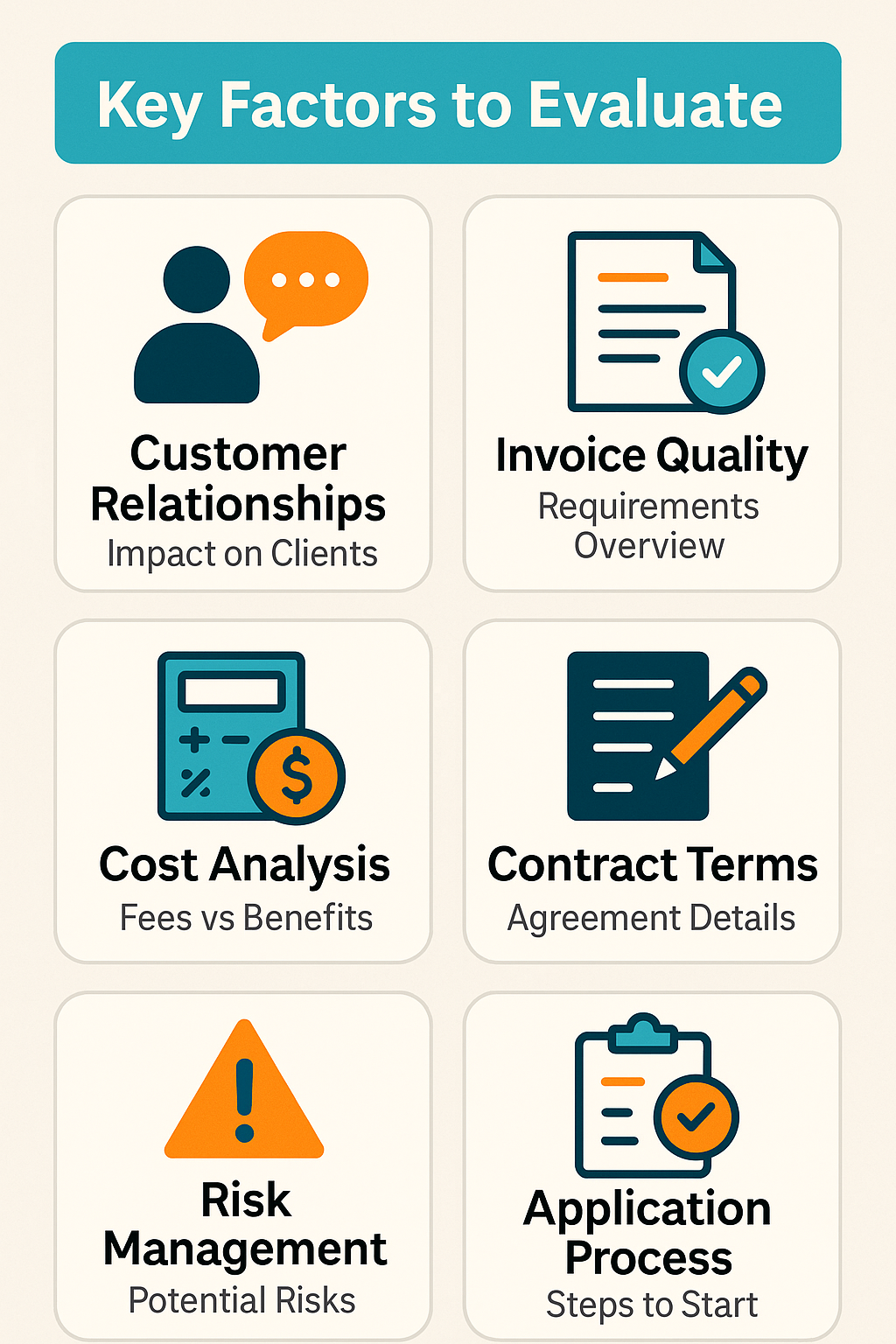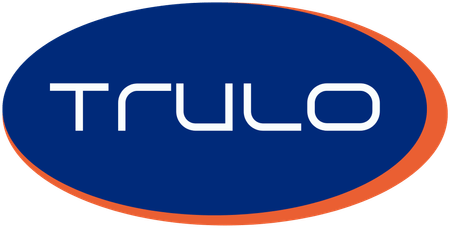Small business owners often face the challenge of maintaining steady cash flow while waiting for customers to pay their invoices. Invoice factoring for small businesses offers a practical solution by converting unpaid receivables into immediate working capital. This financing method allows businesses to sell their outstanding invoices to a third party and receive cash within days, helping bridge the gap between delivering services and getting paid.
How Invoice Factoring Works for Small Businesses
Invoice factoring for small businesses operates as a straightforward receivables financing solution that transforms unpaid invoices into immediate cash. When your business delivers products or services but must wait 30, 60, or 90 days for payment, factoring provides an alternative to traditional lending that doesn't add debt to your balance sheet.
The process begins when you complete work for a client and generate an invoice. Instead of waiting for payment, you sell this invoice to a factoring company at a discount. The factor typically advances 80-90% of the invoice value within 24-48 hours, providing an instant cash flow boost. Once your customer pays the invoice, the factoring company releases the remaining balance minus their fee.
This arrangement differs significantly from bank loans because you're selling an asset rather than borrowing money. The factoring company assumes the collection responsibility and evaluates the creditworthiness of your customers rather than your business credit score. This structure makes factoring accessible even for newer businesses or those with limited credit history.
Benefits and Considerations of Receivables Financing
Receivables financing through invoice factoring offers several advantages for small business owners managing cash flow challenges. The most significant benefit is speed, as funds typically arrive within days rather than weeks or months required for traditional lending. This quick access to capital helps businesses meet payroll, purchase inventory, or seize growth opportunities without depleting savings.
However, business owners should understand the associated costs and risks before committing to factoring agreements. Factoring fees typically range from 1-5% of the invoice value, depending on factors like invoice size, customer creditworthiness, and payment terms. While this may seem expensive compared to traditional loans, remember that factoring provides immediate liquidity and eliminates collection efforts.
The competitive landscape in 2025 has driven improvements in both pricing and service quality. Advanced risk assessment technologies allow factoring companies to offer better rates and streamlined application processes. Many factors now provide online portals for invoice submission and real-time funding status updates, making the entire process more efficient for busy business owners.
Key Factors to Evaluate Before Starting

Before beginning the application process for invoice factoring, small business owners should carefully assess several critical factors to ensure this financing solution aligns with their operational needs and long-term goals.
- Customer relationships: Consider how factoring might affect relationships with clients, as the factoring company will handle collections and may contact customers directly about payments.
- Invoice quality: Evaluate whether your invoices meet factoring requirements, including creditworthy customers, clear payment terms, and proper documentation.
- Cost analysis: Compare factoring fees against the benefits of improved cash flow, including opportunities you might miss without immediate funding.
- Contract terms: Review agreement details such as minimum volume requirements, contract length, and any restrictions on which invoices you can factor.
- Risk management: Understand potential risks like customer defaults, fraud exposure, and the impact on your business if factoring relationships change unexpectedly.
Invoice factoring for small businesses represents a valuable tool for managing cash flow challenges in today's competitive market. By converting unpaid receivables into immediate working capital, businesses can maintain operations, pursue growth opportunities, and reduce the stress of waiting for customer payments. While factoring involves costs and considerations, the benefits of improved liquidity often outweigh these factors for businesses with strong customer bases and consistent invoicing patterns.

.png)






